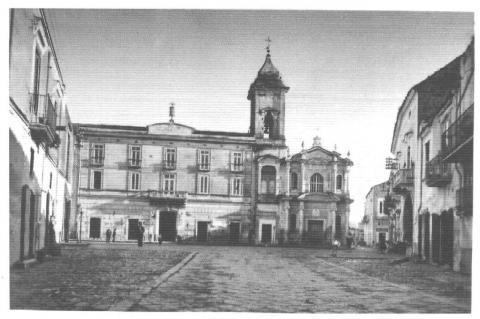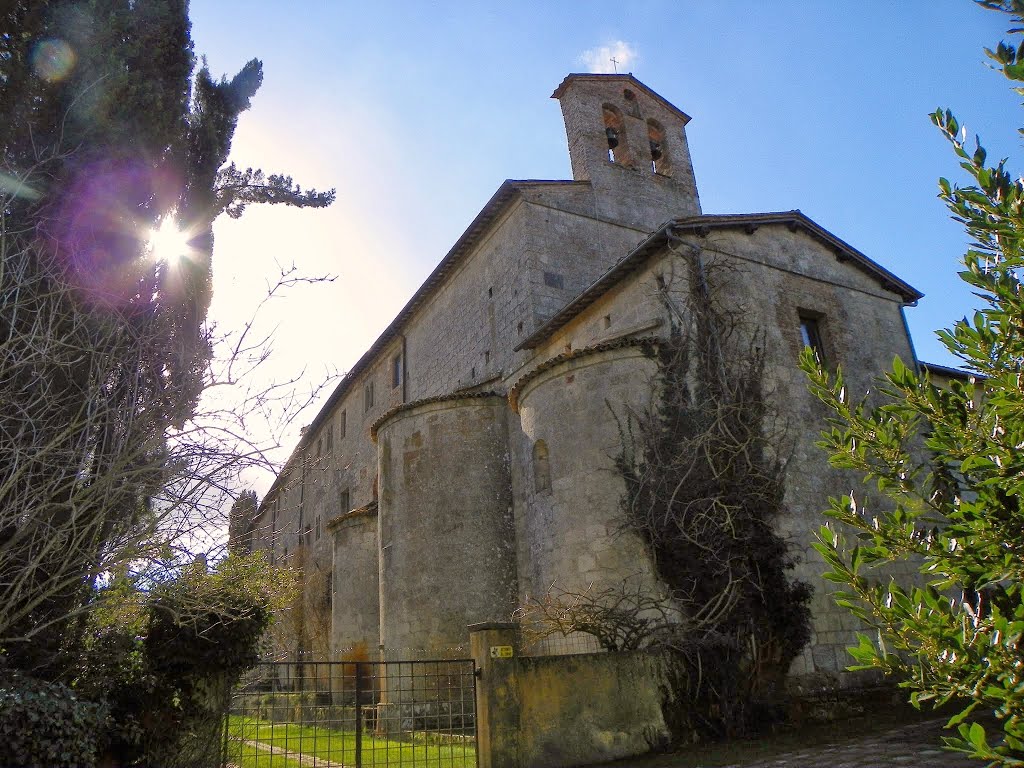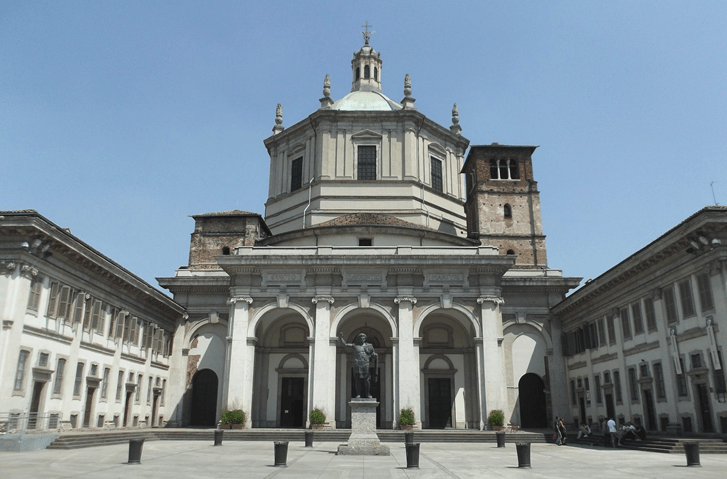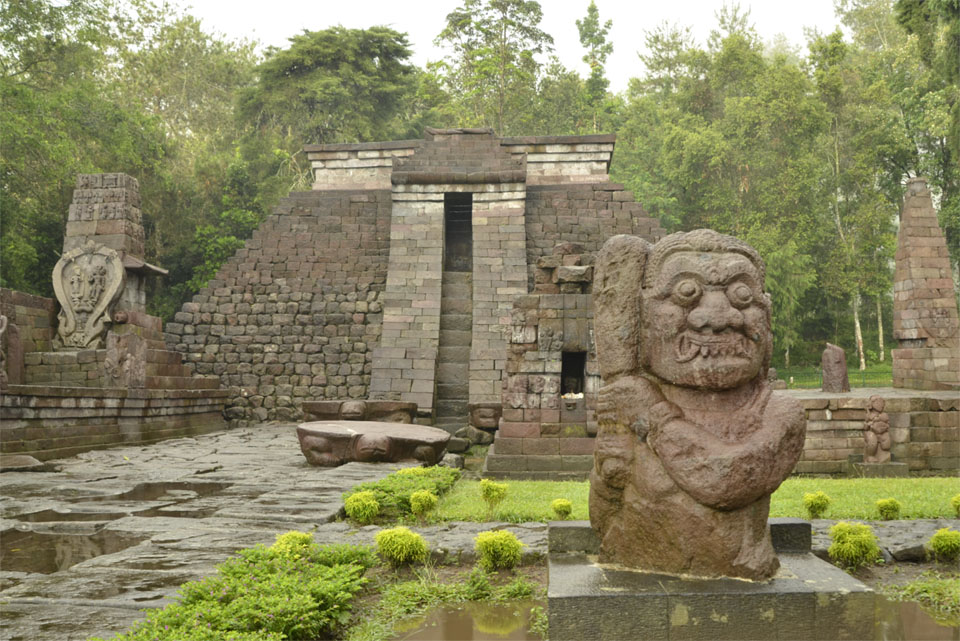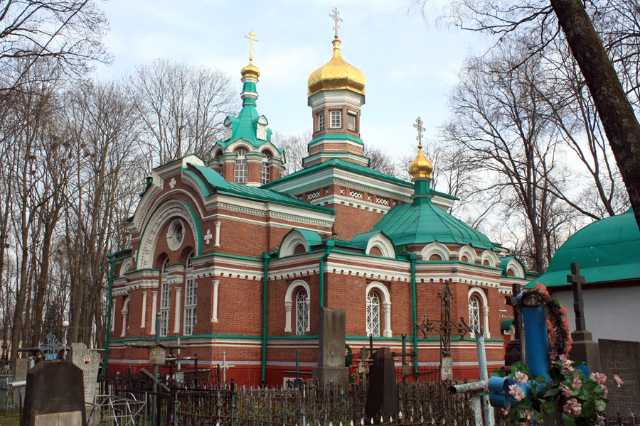From 1566 to 1806 it was the possession of the University of the Carmelites, who probably gave it its present name; it then became (in 1814) the property of the municipality, which built the Town Hall in the convent premises.
In the second half of the 19th century it was administered by the Pisan Fathers (of the Congregation of Blessed Peter of Pisa), who rested there the relics of St. Aphrodite.
The baroque facade of the church is divided into two orders and shows projecting columns with niches placed in the spaces between them. On the right rises the square bell tower, structured on two levels with a dome decorated with polychrome tiles.
A single nave with side chapels (two on each side), the interior of the church is simple and harmonious. Preceded by a small narthex (atrium) covered by cross vaults surmounted by the chancel.
The church is the custodian of important works, including a wooden statue representing Our Lady of Childbirth, which is carried in procession through the streets of the village every first Sunday in January, a canvas from the second half of the 18th century depicting Our Lady of Mount Carmel placed on the high altar, and the tomb of Teresa Strambone, elegant and refined in polychrome marble, dating from the 18th century.
